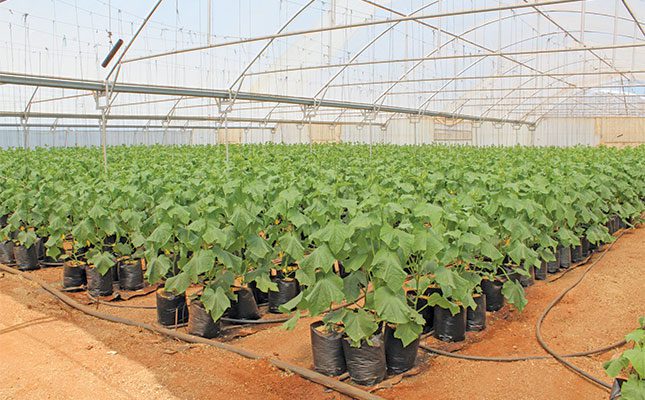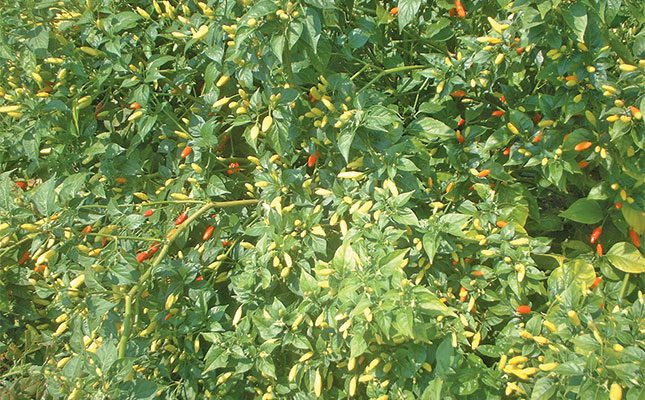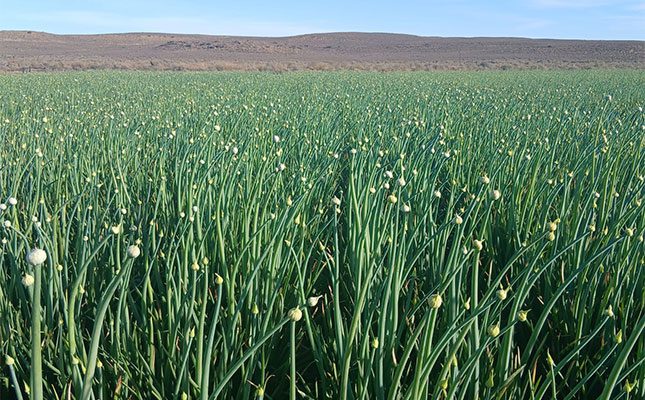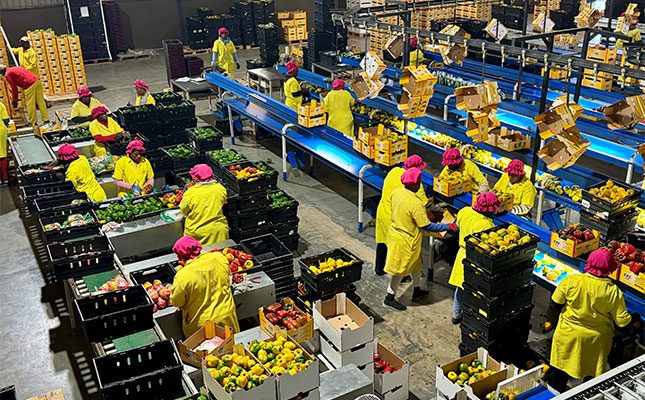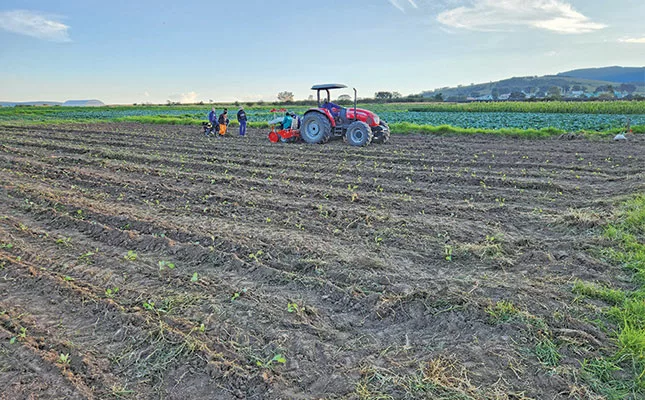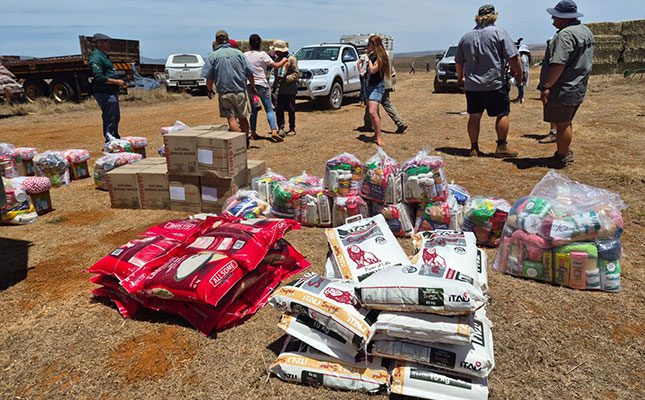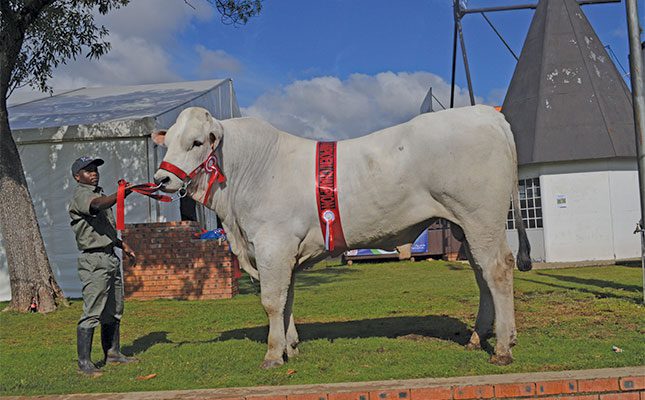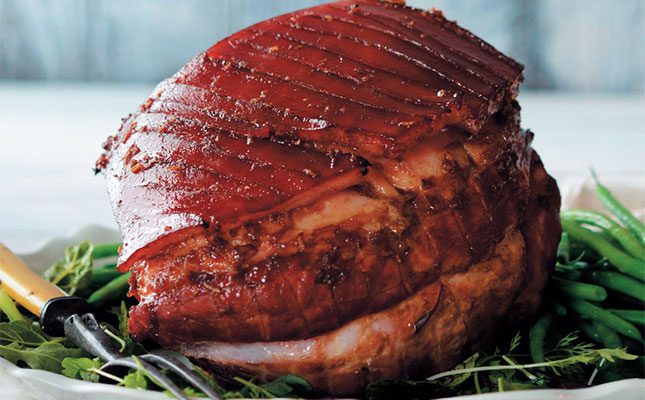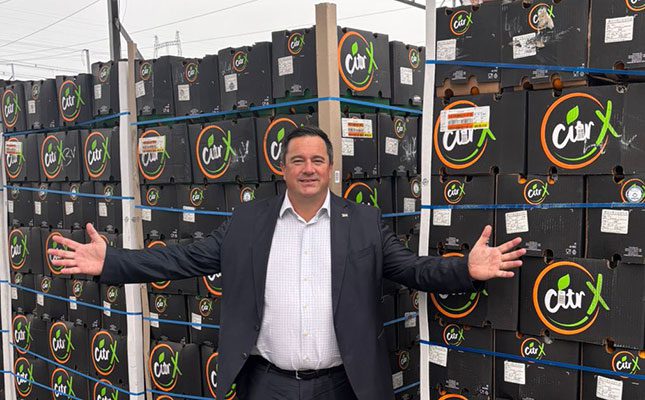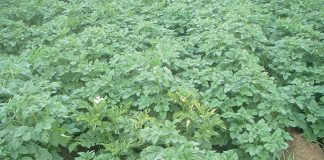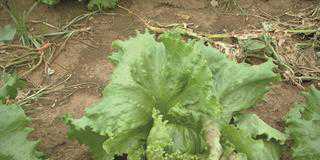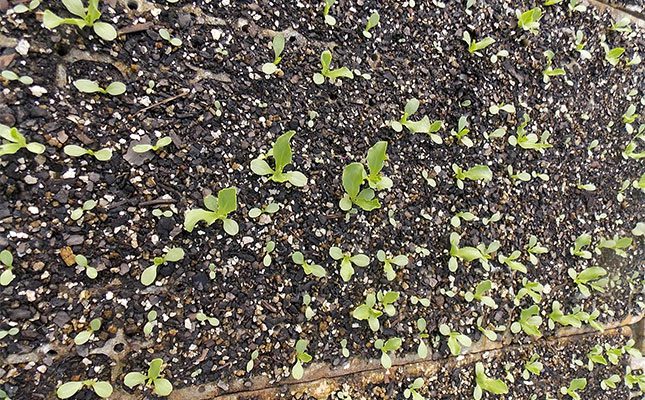
Photo: Bill Kerr
Many seedling growers insist on a germination test before accepting a batch of seed. Usually, the success rate aimed for is at least 90%. Every percentage point can reflect that same percentage gain in income when the nursery has reached full capacity.
A colleague in a seed company mentioned that price margins are not important; they are everything. This is also true for germination rates for a seedling grower.
You should therefore not just look at the germination status of the seed but also endeavour to provide the ideal conditions for every viable seed to germinate.
I had a fairly big client in Mpumalanga who claimed that the batch of seed he had received from me had unsatisfactory germination.
However, I knew from laboratory tests and results from other farmers that the seed was excellent.
As this was his first planting in a hot area, and his cool room was not being used at the time, I suggested that he place the seeded trays in the cool room set at 25°C. The germination was excellent from there on.
When trays are stacked on top of one another, you need to ensure that the temperature of the filled trays remains the same as the room temperature.
One way of doing this is to place spacers between the trays for air to circulate through the trays for an even temperature to be maintained.
Polystyrene is a good insulator and will lead to the middle of the trays remaining too warm if there is no spacer.
Also, some mediums, such as bark, may start to decompose and generate heat if there is no air circulation.
Increasing capacity
A germination room has another important benefit that may be overlooked. The room can, in effect, increase the capacity of the nursery by about 12%, as this is about the length of time that is saved by having seedlings in the room before being placed out in the nursery.
There is a lot of capital tied up in nursery infrastructure, so the germination room can be seen as a massive benefit.
After a couple of days, the trays need to be inspected on a regular basis. Different lots and different varieties of the same species will not germinate at the same time, and you can’t afford for the seedlings to stay for longer than is necessary, as they will develop ‘long legs’ that weaken them.
Very often, the seedling grower will have a number of different species in the germination chamber at the same time. Each species has an optimum germination period, and this is linked to a specific temperature.
If you look at germination tables for various species, you will see that at just over and just under this optimum temperature, the speed of germination will be a little slower, but the germination percentage is still very good.
If you look up this data on the Internet, you will find a sweet spot where a certain set temperature will accommodate good germination for all species. This temperature is at about 25°C, which is convenient for growers.
Bill Kerr is a vegetable specialist and breeder.

